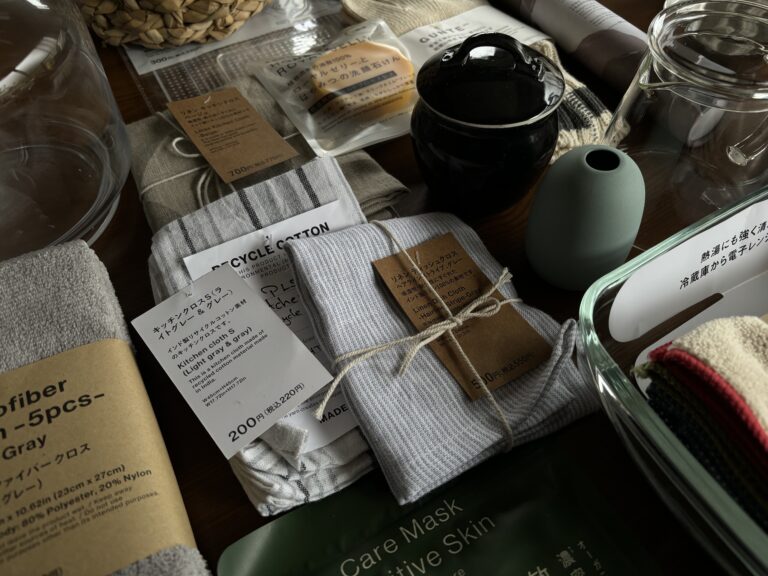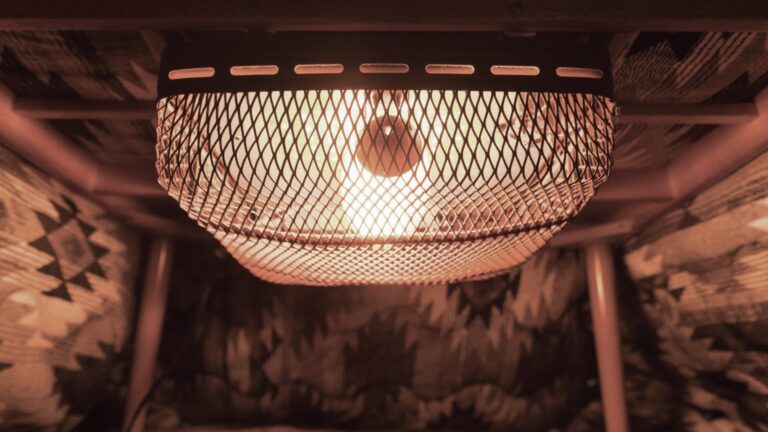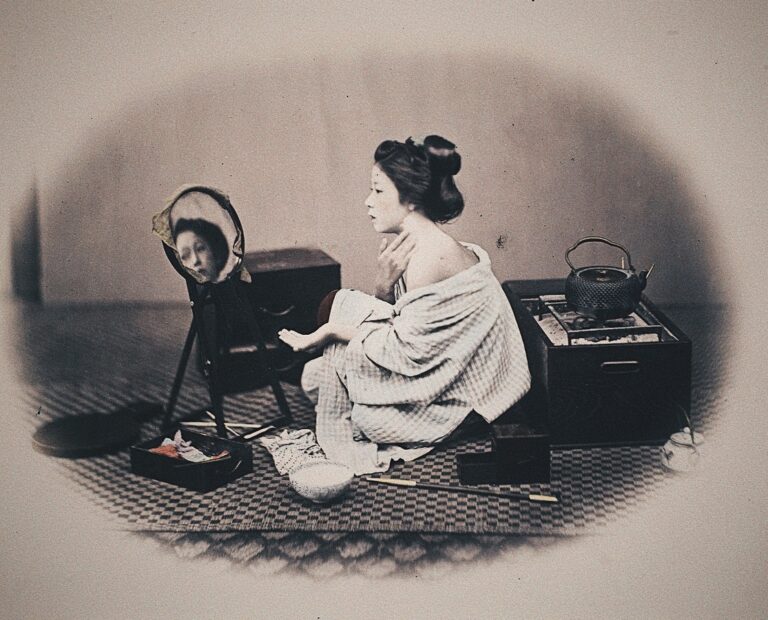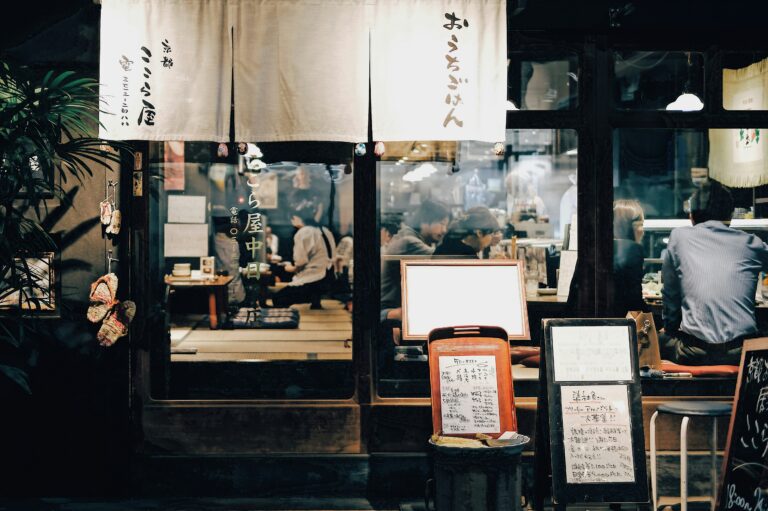My supervisor opened the door to my first-ever apartment in Japan and immediately apologized. The dated faux wood paneling was dinged, scratched, and littered with tape residue. The apartment had probably been closed without air circulation for several humid weeks, creating a thick atmosphere that smelled like mold and cat urine. Within minutes, he had found a can of insect spray and was on his knees in the kitchen, addressing a swarming line of ants.
Is it even possible to make a place like this comfortable? I have to admit that at the beginning, I wasn’t confident. The fluorescent lights, institutional-looking single metal bed frame, and trashy assortment of rusty appliances certainly didn’t help. But fear not. Just get through the first night, and take a look at these recommendations to turn your new apartment into a place where you can actually relax and recover from the stressors of life abroad.
6 Home Design Ideas to Ward off Culture Shock in Your New Home Abroad
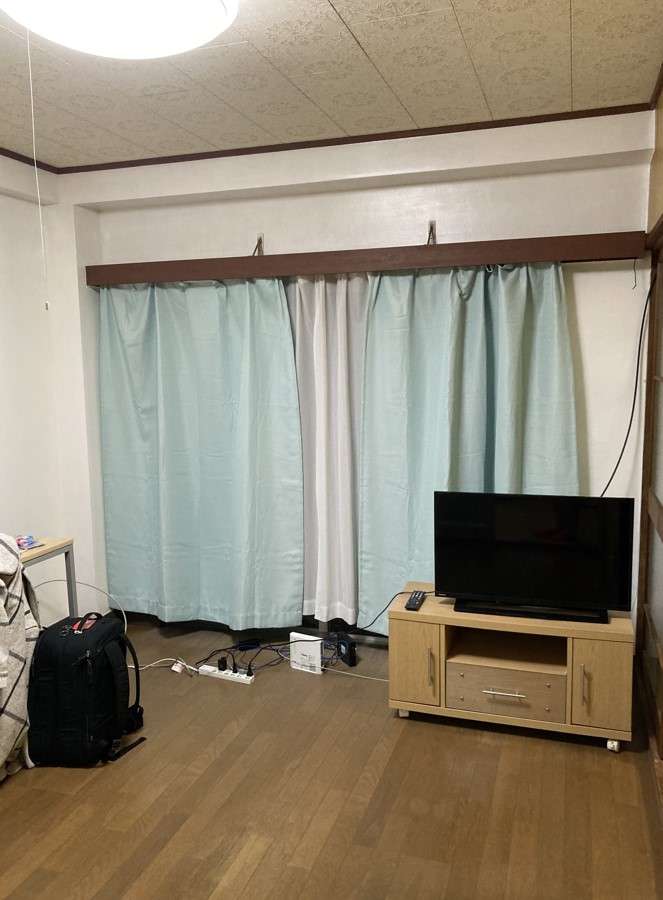
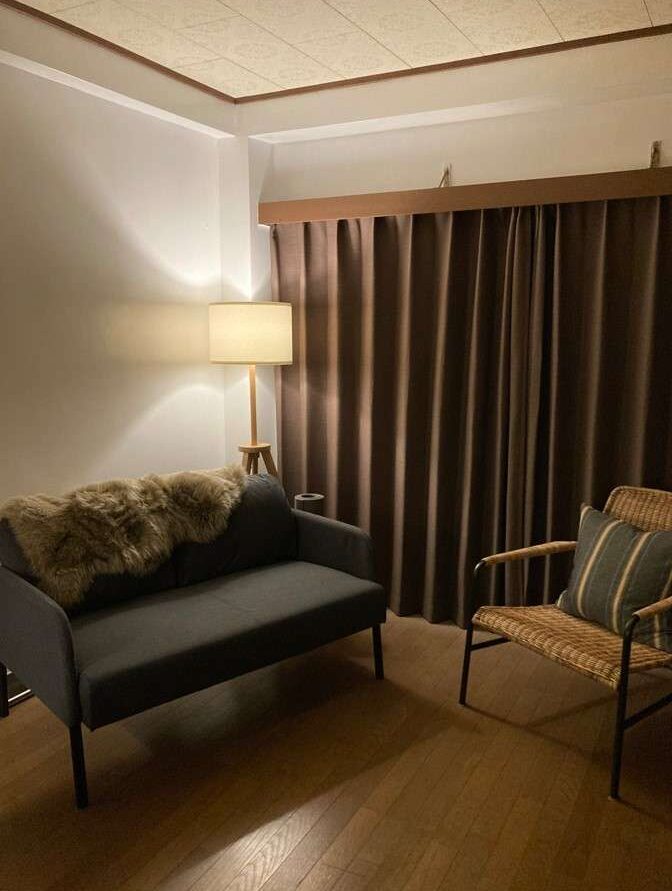
Step 1: Start With a Clean Slate!
Clean from top to bottom, and dry to wet.
For a simple yet comprehensive cleaning kit, you’ll need:
- Bucket
- Sponge or rag
- Dishsoap or castile soap
- Vacuum or broom & dustpan
- Toilet brush
- Optional: rubber gloves, tile brush, mop
***Pro tip: Go ahead and get inexpensive cleaning supplies at Daiso.
If the weather is good, open the windows. If it isn’t good, open them for as long as you can stand it to get some air circulating. When you clean, it’s good to allow dust to flow out the windows and it will help things dry quicker. If you can’t open the windows, and you have an aircon, set it to dehumidify. Turn a kitchen and bathroom fan on too – anything to get some circulation going.
This completes the dry cleaning stage.
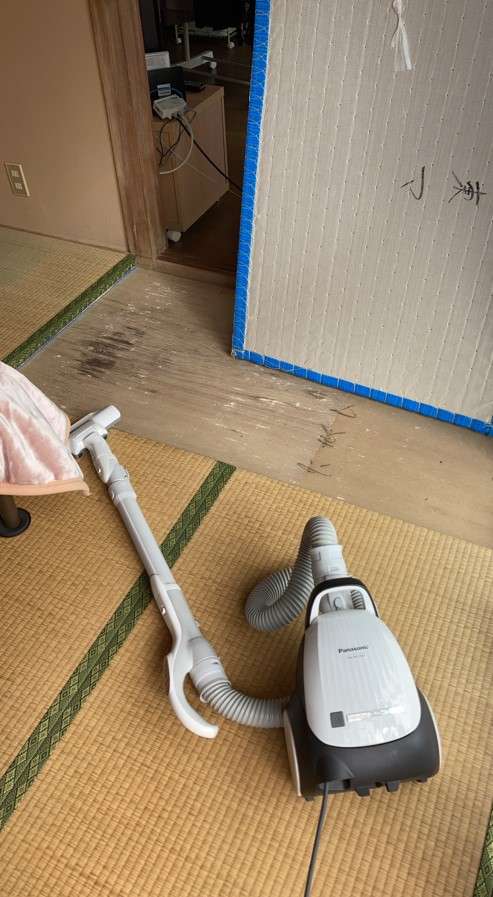
Clean from top to bottom to capture fallen debris. Sweep cobwebs near the ceiling, on light fixtures, door frames, window frames, exhaust fans, and horizontal ledges, including baseboards and shoe cabinet shelves. Check the aircon filter if you have a wall unit. During the first dry floor clean, start by sweeping corners and stairs, then vacuum or sweep all floors, including gentle vacuuming of tatami with the brush turned off. For an extra touch, lift tatami mats, clean underneath using an okonomiyaki spatula or butter knife, and lightly wipe with alcohol spray for mold prevention and pollen control. Remember the placement and direction of each tatami for accurate reassembly.
Begin the wet cleaning stage by filling a bucket one-third full with warm water and a few drops of soap. Use a rag or kitchen sponge to wipe cabinet shelves, faces, walls, and optionally, window glass. Thoroughly survey the apartment for smudges, mold, and splashes, performing spot-cleaning and quick wipes on horizontal surfaces. In the toilet room, use a few drops of soap in the bowl and a toilet brush for scrubbing, followed by wiping away excess with toilet paper and flushing. The final step is cleaning the floors either with an inexpensive mop or by getting on hands and knees with a bucket and rag. A clean space contributes to better indoor air quality and supports good mental health, making the effort worthwhile in adopting the space as your own.
Step 2: Equip Your Home to Manage Impending Homesickness
There will be things you miss from home. No matter how much you love Japan, it is unavoidable. But you can ease the transition by having a stash of small comforting items for when homesickness hits.
Some items to consider for your self-soothing stash:
- Favorite tea / cocoa / coffee supplies
- Familiar flavors like taco seasoning, ranch dressing, nutritional yeast… your choice!
- Non-perishable foods like peanut butter, canned soup, crackers and snacks
- Bath bomb, face mask, or lotion
***Pro Tip: iHerb is a reliable American online retailer that ships tea, snacks, beauty and home products to Japan.
Step 3: Get the Right Furniture
Consider modular or multi-functional furniture that allows for easy adaptation. For example, a kotatsu is also a year-round coffee table, desk, and dining table. Remember that tatami rooms are designed to need less furniture. If you have tatami, only buy enough furniture for needs. You don’t need to go all-out with western furniture.
Minimalist Japanese home furniture shopping list:
- Futon (mattress)
- Bed pillow
- Kotatsu
- Floor chair
Step 4: Make It Personal
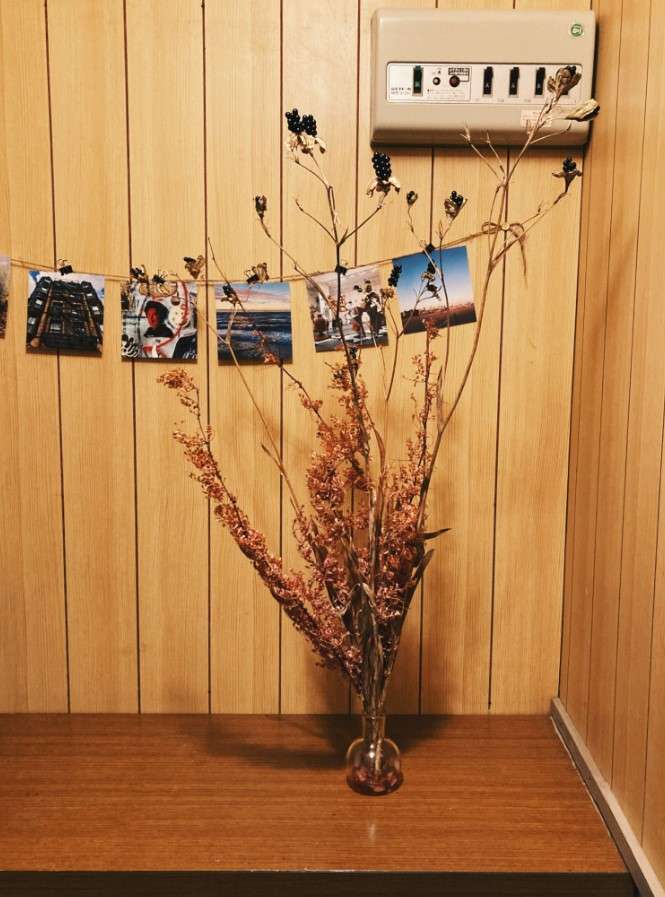
Designate individualized spaces within your home that reflect your personal tastes and background. Incorporate momentos, family photos, and place personal hobby items to reinforce your sense of self.
In Japan, it’s easy to get overwhelmed and lose track of yourself. Maybe no one pronounces your name correctly, no one knows who you really are, and the communication barrier can be isolating.
In my first apartment, I brought a handful of Instagram pics that I had printed through Snapfish. Using some inexpensive Daiso twine and bulldog clips, this was a really pleasant way to just remind myself who I was. Culture shock can be immersive. Reminding myself of my background, the places I’ve been, and the things I’ve done before Japan was valuable.
Decor may seem like an extra, but it’s actually a highly valuable tool for supporting positive mental health and establishing a personal safe space at home.
Step 5: Create Comfy Moments
Think about all the senses to create a cozy space. This includes textiles, good smells, and familiar music. A fuzzy weighted blanket and a whif of your favorite scent might be just what you need to transition to relaxing at home.
Japanese homes usually have uncomfortable fluorescent lights in cool temperatures. Consider supplementing this with some soft lamp lighting in warm tones (2700k to 3000k). It doesn’t have to be big or expensive.
Now that sounds like a nice place to cozy up and take a break with some netflix and snacks, doesn’t it?
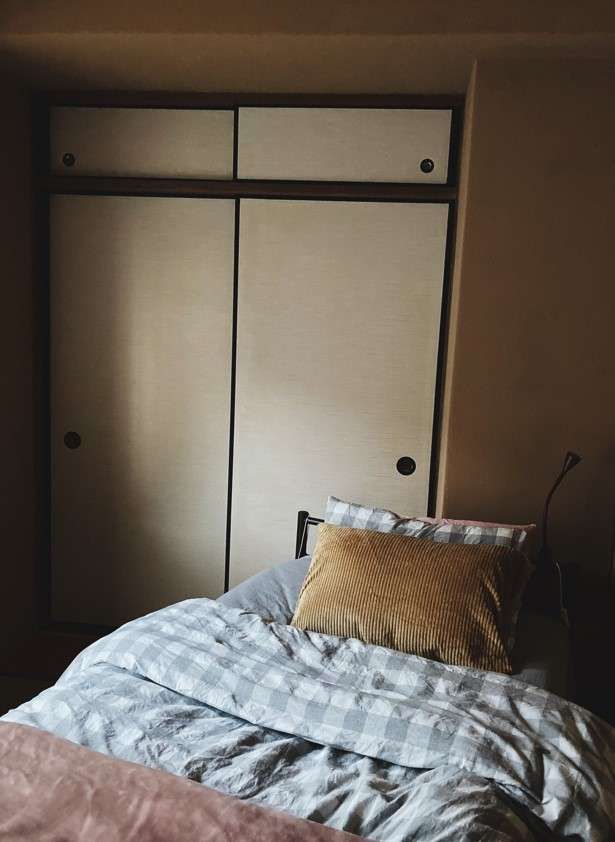
Cozy comfort shopping list
- Soft bed linens
- A fuzzy throw blanket or weighted blanket
- A reading lamp or indirect light
- Your favorite scented item (a small candle, reed diffusers, or hand soap)
- Bluetooth earbuds to enjoy your favorite playlist and media without disturbing the neighbors
Step 6: Prepare a Place to Build Mastery
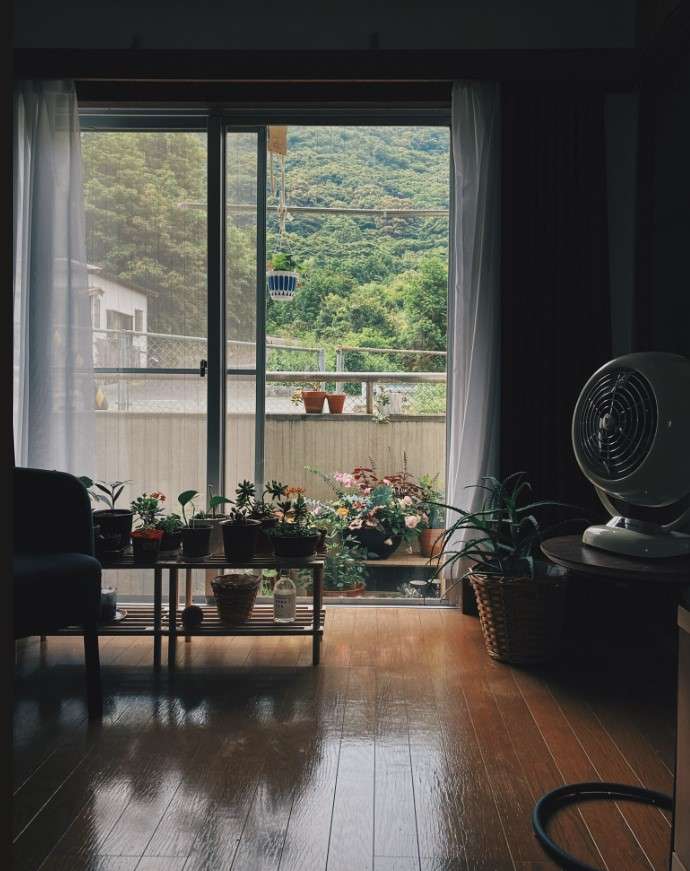
An essential skill that is commonly utilized in dialectical behavior therapy (DBT) is to build mastery. It helps reduce anxiety, increase our self-confidence, increase resilience and sense of worth. You can do this by taking on small challenges on a regular basis and increasing your abilities over time.
Maybe this means studying Japanese, learning how to cook new foods, doing a puzzle, exercising or pursuing a creative hobby. And of course surviving in a foreign country is a skill to master, so don’t forget to give yourself credit for that, too!
The tools for each person will vary depending on your interests and goals.
Here are some ideas ↓
Building your chef skills? Of course you will want to equip your kitchen with the essentials like a pot, pan, spatula, utensils and tablewares. But this also might include a notebook for planning meals and grocery lists, and a few fun “extras” such as an air fryer and special seasonings.
Getting in shape? This might mean running shoes, a reflector sash and head lamp for jogging at night. Maybe it’s a yoga mat for YouTube classes or some hand weights from the recycle shop. It doesn’t have to be fancy! A little bit of preparation goes a long way.
Want a green thumb? Consider making an indoor plantscape, growing tomatoes and herbs on your balcony, or even asking permission to plant a small garden on the land next to your dwelling.

You Can Use Home Design for Culture Shock Management
Having a clean space, the right basic necessities, and a few comforts goes a LONG way when it comes to managing the stressors of life overseas. I hope this article gave you some ideas for how to create a home wherever you are.
Sending you well wishes from my corner of Shikoku. ~Bitsii
